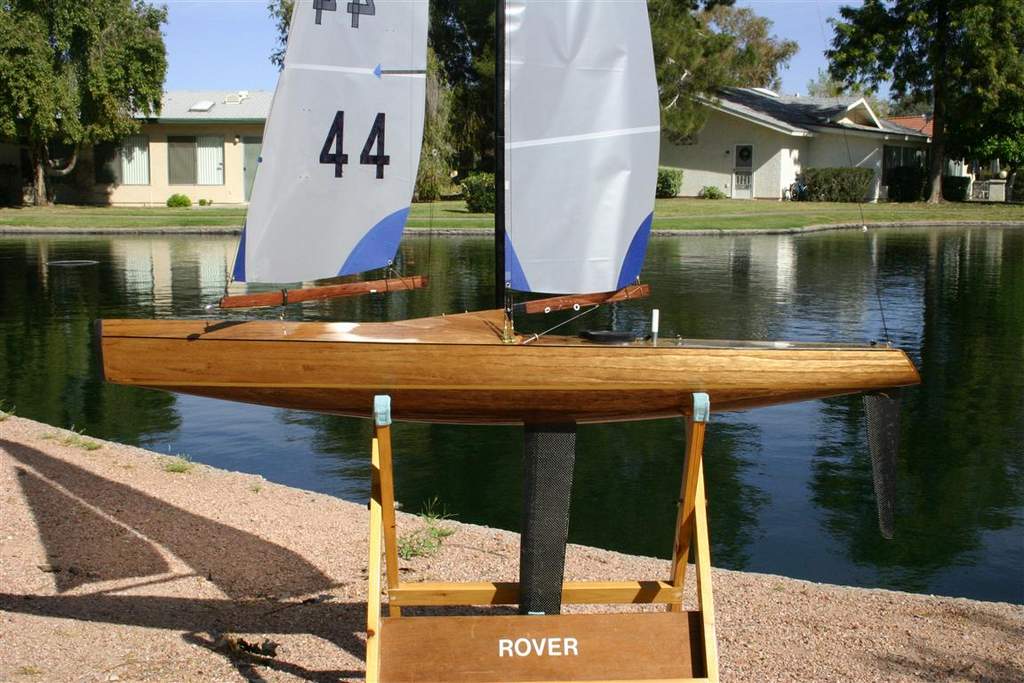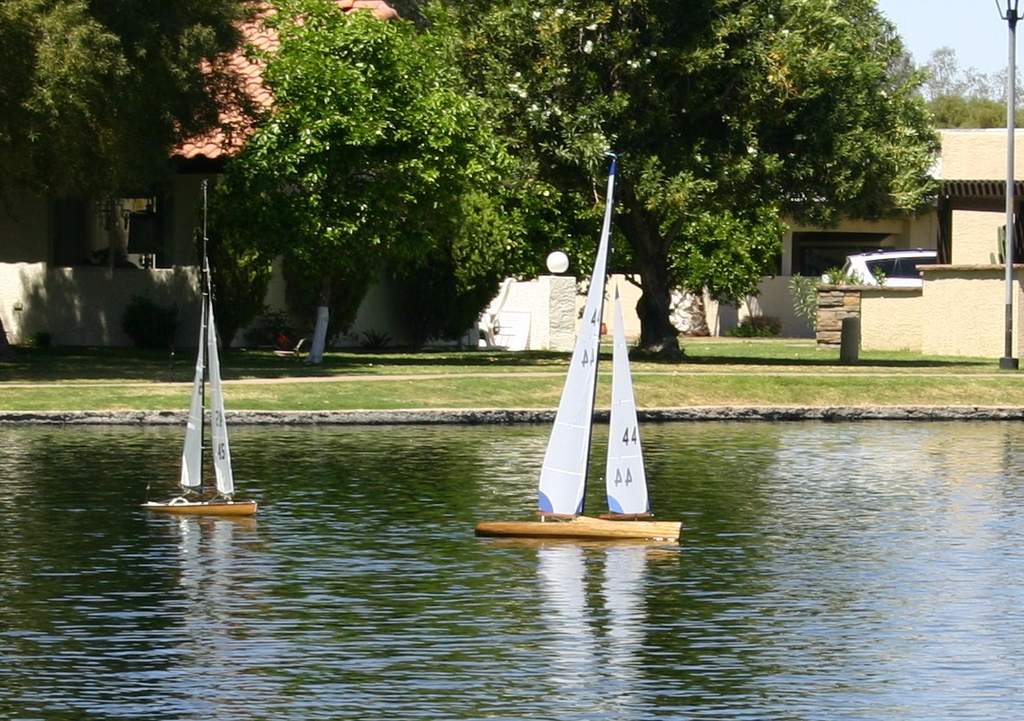Claudio,
Don’t get to detailed with my numbers. They are really rough estimates, as my bathroom scale is over 43 years old, and is analog. Meaning I have to guess at anything between whole pounds (then convert to kg), and I’m not to sure how accurate the scale is in the first place.
I know that the hull isn’t that light, but it’s acceptable. A true CF hull would easily weigh less than my hull. But I don’t think it makes that much of a difference, and that I think composite materials are sometimes overkill for certain situations. I think shape, surface area, and sails are more important, in this class (small size classes is something else).
Now I accept that I made my fin out of CF. And that is a good spot for CF. It needs to be light weight, strong, and stiff. Other materials just wouldn’t work out.
Making my rudder out of CF… Now that was overkill in my book. But I was using the rudder to learn how to vacuum bag. I could have easily just used foam and glass and gotten an acceptable rudder of proper strength and acceptable weight.
As for a hull. It is something that needs to keep it’s shape, and be light. But CF is overkill. Kevlar/Amrid is to flexible. Glass and or wood are stiff and light enough for the job.
Dick,
I didn’t think about stringers/veneer for construction. Now that’s an idea. I chose Paulonia wood because of the claims that it has a higher strength to weight ratio than balsa. I can now attest to that. Granted it weighs more than contest grade balsa (it’s closer to ‘heavy’ balsa, like from Midwest). But since it is stronger you can use smaller dimensions, so it comes out as a wash. But I loved working with it.
One thing, I kept being told to be careful when sanding the wood, because it’s easy to sand through it. But they were talking about balsa hulls. With Paulonia wood, I got tired of sanding, and I wasn’t anywhere near to “sanding through”. Awesome wood, but a royal pain to get a hold of.
Personally, after doing this build, I should have spent more time in the sails. That’s your engine. Without it, your boat’s going no where, which is why I think the Skapel out did everyone. The ‘engine’ on the Skapel is incredible for it’s tune-ablity (although it sucks in light air). I but you could take the Skapel sails, put it on the boat I just built, it would keep up easily with a Skapel in heavy air.
But the hull is what everyone looks at. Just like a car. Looking a Lamborghini it looks fast. But the engine is what makes it fast. The body helps, not just as much.
I always think of a guy I knew in college. He had an OLD Triumph TR4 that he use to drive around in. Looking at it you wouldn’t think much of it, small, cute, and quaint. But the man put a Corvette V8 engine in it!!! With a really quiet muffler. Talk about a sleeper! We literally broke the seats one time when he stomped on it from a traffic light, it pushed that hard back into the seats. But it was the engine that made it fast.
So, if we could come up with a better engine for the M class, that wasn’t that expensive, or to complex… That would would be awesome!






